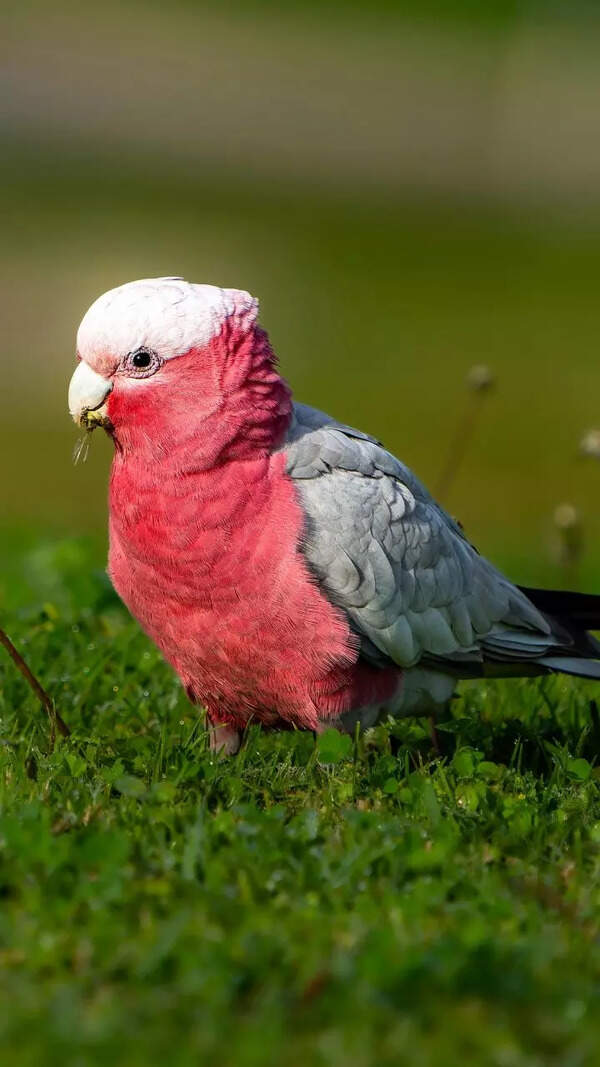- News
- City News
- ahmedabad News
- Beyond the roar: Inside social & sexual politics of Gir lions
Trending
Beyond the roar: Inside social & sexual politics of Gir lions
Research in Gir reveals the intricate communication system of Asiatic lions, highlighting roaring and scent-marking as key behaviors for territorial dominance. Male coalitions, typically of two lions, control prides and actively patrol, using vocalizations and markings to assert ownership. Interestingly, roaring ceases during mating, and hierarchical recognition influences behavior, showcasing a complex social structure.
Nothing is random in the world Of Asiatic Lions. Measured majesty governs everything from when and how often they roar to where and why they fall silent, finds a new study
Silence reigns in the pre-dawn darkness of Gir. And then, without warning, a thunderous roar ruptures the stillness, echoing across the sanctuary with primal authority. There can be no mistake as to who is king in this neck of the woods: Gir’s most famous denizen, the Asiatic lion.
You Can Also Check: Ahmedabad AQI | Weather in Ahmedabad | Bank Holidays in Ahmedabad | Public Holidays in Ahmedabad
The deep, rumbling roar is no random outburst, but a deliberate declaration of ownership, occurring 2.7 times per hour on average, says latest research from the Wildlife Institute of India and the Gujarat forest department.

The collaborative study, ‘Ecology of Lion in Greater Gir Landscape’, reveals intricate details about the social and sexual dynamics of the apex predators. While roaring serves as a key territorial advertisement, it is just one component in a complex system of dominance and reproduction that dictates the workings of the lion kingdom.
Language Of dominance
Male lions have developed an elaborate communication system centred around four key behaviours: roaring, marking territory (with urine), ground-scraping and strategic defecation. Of these, marking is the primary method, followed by vocalisation. The researchers observed that scraping and defecation occurred less frequently.
The timing of these displays follows distinct patterns. Lions vocalise most actively between 2 am and 6 am, with another communication surge between 8 am and 9 am. The roaring primarily happens when the animals are stationary and occurs infrequently while patrolling.
During 132 hours of continuous observation, researchers documented consistent roaring frequency. “The average roaring events per individual was 2.7 per hour, and there could be a maximum of four vocalisations per hour,” the paper notes.
Male coalitions & strategic ties
What makes the Gir lions’ social structure particularly fascinating is the formation of male coalitions. Gujarat forest department officials said it was observed that usually two males form a coalition and control five to six prides of lionesses.
“In the Gir landscape, we typically observe two males establishing a coalition territory. These paired males maintain dominance over a pride of 10 to 14 adult females,” said a forest officer, adding that males roared and marked more frequently than females.
The research reveals that coalition partners participate equally in patrolling and scent-marking their shared territory, often marking the same spots to reinforce collective ownership.
During a single patrol, these territorial males might mark up to 21 different locations, covering an average distance of 2.5km in approximately 2.1 hours.
During territorial patrols, these males demonstrate reduced vocalisation frequency, suggesting a strategic approach to advertising their territory.
The statistical analysis shows consistent patterns, with each male in a coalition averaging approximately 13 vocalisations per day, while a nomadic male vocalised only three times during the day.
The difference in scent-marking is equally striking. While in a single patrolling event, territorial males were observed to mark a maximum of 21 times, nomadic males did so only twice during the entire day.
The data point to a clear hierarchical system, where established males demonstrate dominance through frequent territorial advertisements, both vocal and chemical.
Studied silence
Perhaps the most striking part of the research is the complete cessation of roaring during the initial 24 hours of mating. The research notes that in the event of mating, males did not vocalise at all during a 24-hour monitoring period.
Typically, during the stage when the mating pair is established, the male is observed to roar after the first few mating bouts and again towards the end of the mating period. Later, the male begins to vocalise after the event and joins the coalition partner to resume patrolling the territory.
Hierarchy Of sound
The study also documented hierarchical recognition among males. The research observed that on two occasions, the lone male kept very silent and motionless in the presence of other coalition males. “This behaviour suggests a hierarchical recognition and potential conflict-avoidance strategy,” an expert said.
Sub-adult males demonstrated a developmental progression in their communication. Sub-adult males were also monitored, and they began to vocalise infrequently, with the roaring yet incomplete. Unlike adult males, this happened at an average of nine roars per day.
Territory & movement patterns
The research also reveals distinct movement patterns that reflect social status. Adult male lions covered a maximum of 15km daily, averaging 3km, while females travelled a maximum of 12km daily, averaging 2km. The research reveals that the sub-adults covered up to 13km per day.
The paper states that male lions actively patrol and defend their territories. Patrolling occurs during dawn and dusk, while peak vocalisation occurs during the early morning hours, and less frequently during patrolling. This indicates that the males consciously advertise their presence during the active part of their day.
Territorial males spend 63% of their active time actively patrolling, vocalising and moving through their territory. A single patrolling episode associated with scent-marking lasts for 2.1 hours on average, the study notes.
For the king of the forest, it’s a complex game of thrones and social intelligence, the study seems to suggest — where every roar and every silence serves a calculated purpose.
End of Article
Follow Us On Social Media









